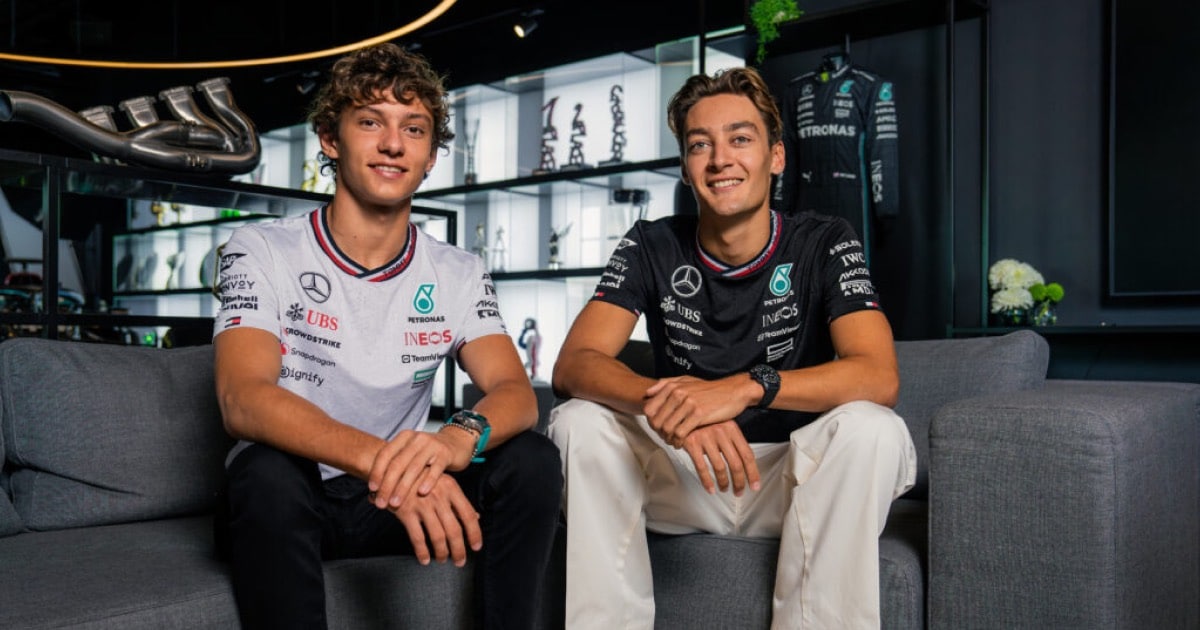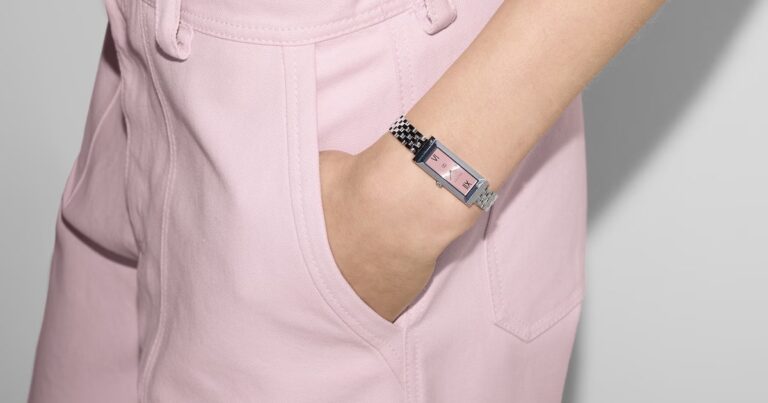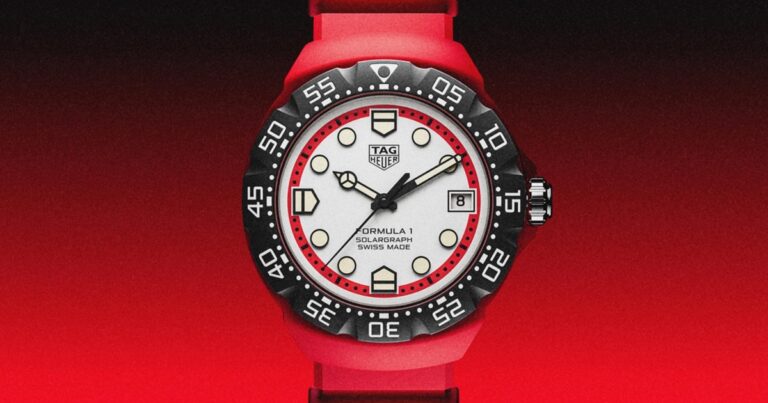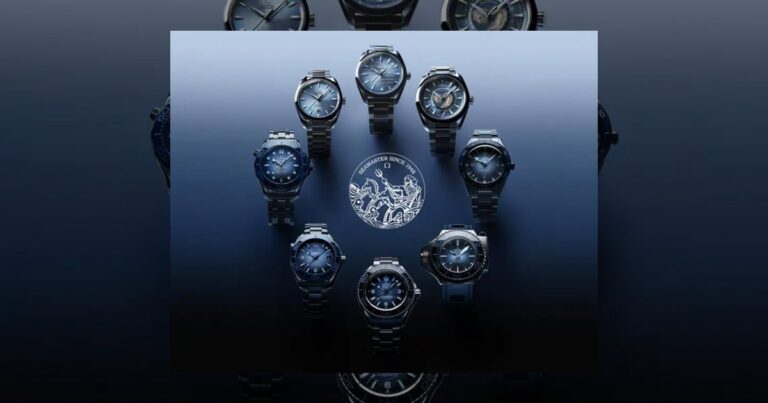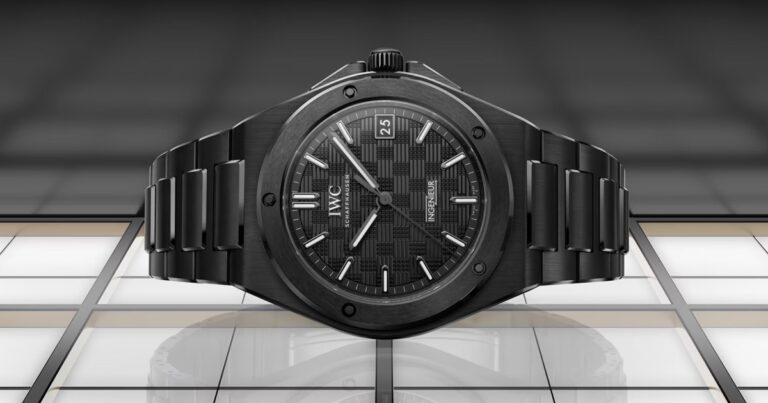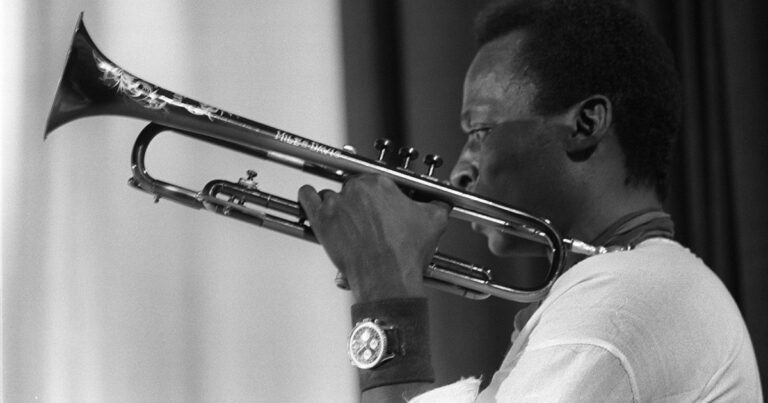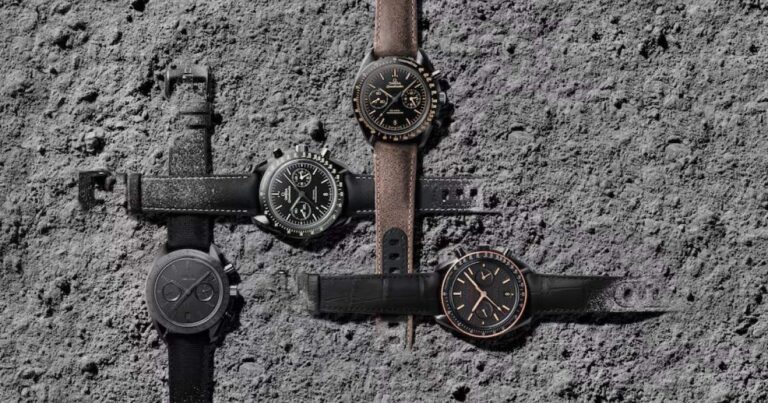Championships are won in milliseconds, and at the Canadian Grand Prix 2025, those milliseconds belonged to Mercedes-AMG. In a race defined by strategy, raw talent, and technical mastery, it wasn’t just engines that stole the spotlight; it was timing.
George Russell’s comeback victory and Kimi Antonelli’s first-ever podium delivered a 1–3 finish that marked a major turning point in the season, reigniting the Silver Arrows’ momentum.
But for those who truly understand racing, precision isn’t just measured by a stopwatch; it’s worn on the wrist.
On that iconic Montréal podium, IWC Schaffhausen stood beside speed, visible on the wrists of both drivers and their team.
This is the story of how engineering, heritage, and ambition converged in Montréal, from Russell’s fastest lap to Antonelli’s breakthrough and the watches that quietly witnessed it all.
The Race Recap
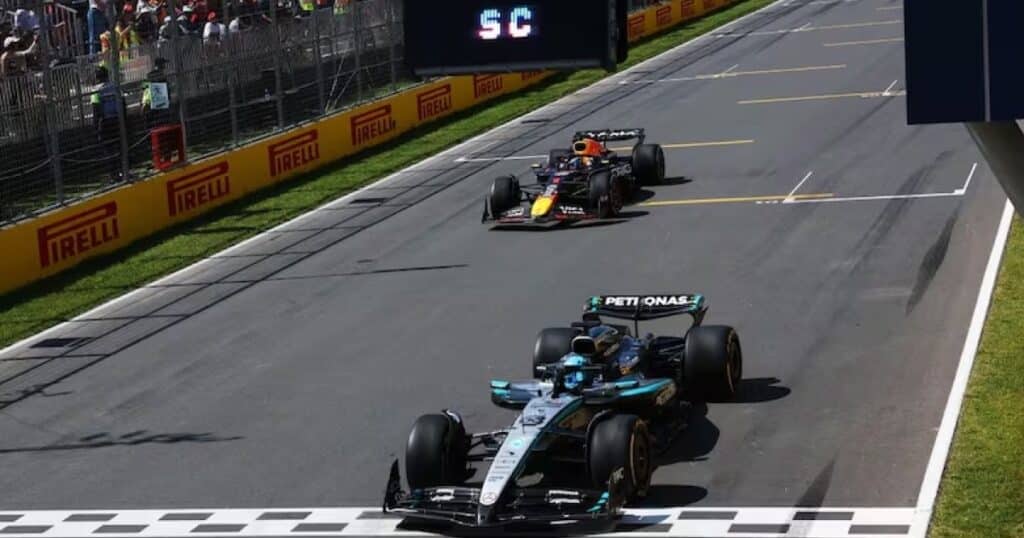
From securing pole position for the second year in a row to setting the fastest lap of the race (1:14.119), Russell’s drive was a study in strategy, focus, and redemption. After narrowly missing out on victory in Montréal the year prior, he returned with one goal: to finish what he started.
“It’s amazing to be back on the top step,” Russell said post-race. “We’ve worked so hard to bring the car to this level. This one means a lot.”
The race saw Russell execute a flawless Medium–Hard–Hard tire strategy, holding off a fierce challenge from Max Verstappen while managing tire degradation in track temperatures that soared above 50°C. But it was a late collision between the McLaren teammates (Piastri and Norris, lap 67) that injected final-lap drama, triggering a safety car that froze the field and prevented any final attacks, sealing Russell’s win under yellow flag conditions.
Despite the anticlimactic finish, the victory was decisive. Russell’s pace was untouchable, his composure unshakable. It was more than just a personal triumph; it marked Mercedes’ first win of the 2025 season and their most dominant performance yet.
And while the world watched the cars on track, those who know the sport also noticed something else: the subtle glint of an IWC timepiece peeking from under Russell’s sleeve, a symbol of the same precision and performance that defines a championship drive.
Double Podium for Mercedes-AMG Petronas
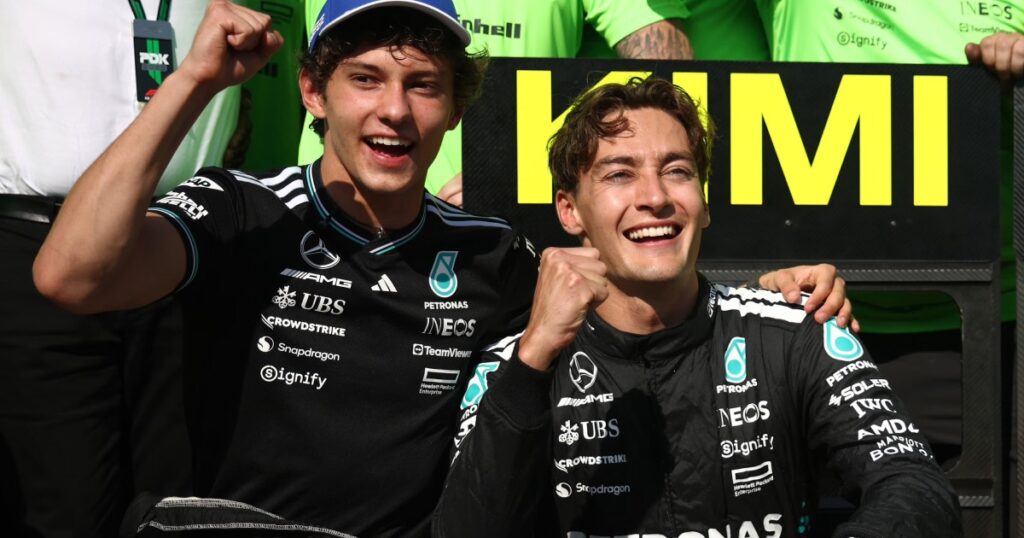
While George Russell stood tall on the top step, the other Silver Arrow made history of its own. Andrea Kimi Antonelli, Mercedes’ 18-year-old rising star, crossed the line in P3, claiming his first-ever Formula 1 podium and becoming the first Italian to reach the podium since 2009.
His performance was built lap by lap, on smart tire management, unwavering calm under pressure, and the perfect balance of aggression and control. Attempting an overcut on Verstappen during the pit cycle nearly landed him P2. In the end, it was a calculated and courageous drive that earned Antonelli not just points, but serious respect.
“Much better than I imagined,” Antonelli said about standing on the podium. “When I heard the Montreal crowd as I walked out… goosebumps. Pure emotion.”
And for the Mercedes-AMG Petronas Formula One Team, it marked a massive turning point.
With Russell’s victory and Antonelli’s third-place finish, the team scored a total of 40 points, catapulting them from third to second in the Constructors’ Championship. This was Mercedes’ first double podium since Las Vegas 2024, and it arrived not by chance, but by meticulous upgrades and sharp strategic execution.
Toto Wolff called it a “superb race by the team and both drivers,” praising the car’s consistent pace and the way both drivers managed the extreme heat. Recent rear suspension updates proved effective, especially at a track like Circuit Gilles-Villeneuve, where the smooth asphalt and lower cornering loads favored Mercedes’ setup.
“This track gave us the window we needed,” Wolff explained. “The challenge now is maintaining this momentum across very different circuits.”
The Podium Moment: Celebration, Emotion, and Engineering
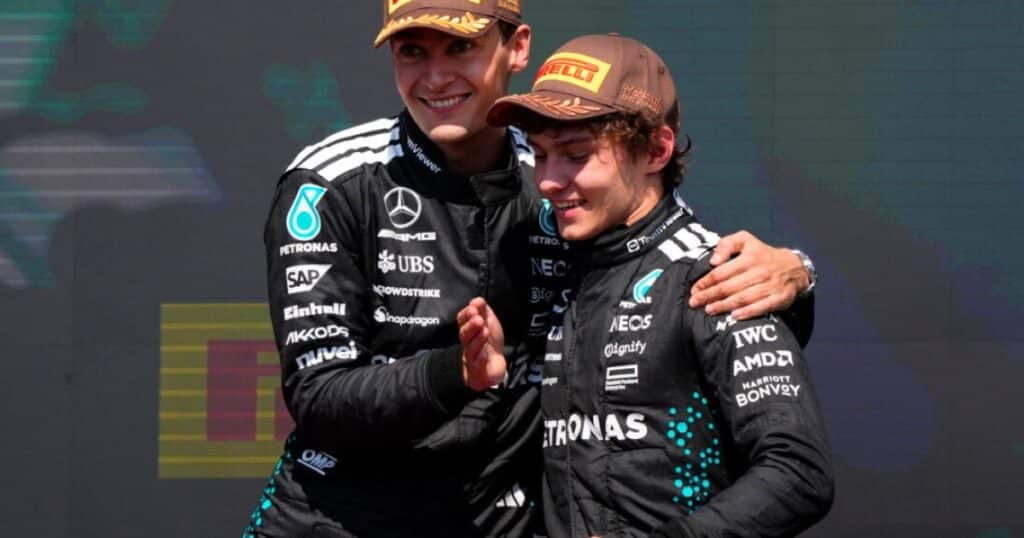
As the British and German anthems echoed over Circuit Gilles-Villeneuve, the Montreal crowd erupted. It was more than a victory; it was a statement.
George Russell, grinning ear to ear, hoisted the winner’s trophy high above his head, champagne bursting all around. By his side, Kimi Antonelli, wide-eyed and soaking it all in, admitted later he had “massive goosebumps” hearing the crowd chant his name. For the 18-year-old, it was a dream turned real, a podium earned, not gifted.
In a touching scene, Marco Antonelli embraced his son and Russell in the paddock, a proud father witnessing a generational moment for Italian motorsport and for Mercedes.
And when Red Bull tried to challenge the result with a protest over Russell’s driving behind the safety car? FIA stewards swiftly dismissed it. The win stood. The podium stood. Mercedes had earned every second of it.
Watches on the Wrist: IWC’s Podium Presence
On a weekend where milliseconds defined victory, IWC Schaffhausen was on the wrists of the winners.
George Russell stepped onto the top step of the podium wearing what appeared to be the IWC Pilot’s Watch Mark XX Mercedes-AMG Petronas Formula One™ Team Edition. With its matte titanium case and signature Petronas-green rubber strap, the timepiece mirrored the engineering excellence of the car that brought him victory.
By his side, Andrea Kimi Antonelli wore the very same model, confirming what many in the paddock already knew: this wasn’t just a watch, it was a badge of unity, precision, and shared ambition.
Team Principal Toto Wolff, no stranger to IWC’s horological legacy, has long championed the brand. IWC even honored him with a limited edition timepiece: the Big Pilot’s Watch Shock Absorber XPL, a technical marvel built for extreme conditions. Wolff, engineers, mechanics, throughout the Mercedes garage, IWC watches were spotted all weekend, worn like instruments of timing and teamwork.
Because in a race defined by split-second decisions, the partnership between Mercedes and IWC is a shared philosophy. Precision isn’t optional; it’s the difference between first and second. And at the 2025 Canadian Grand Prix, that difference was measured in style.
